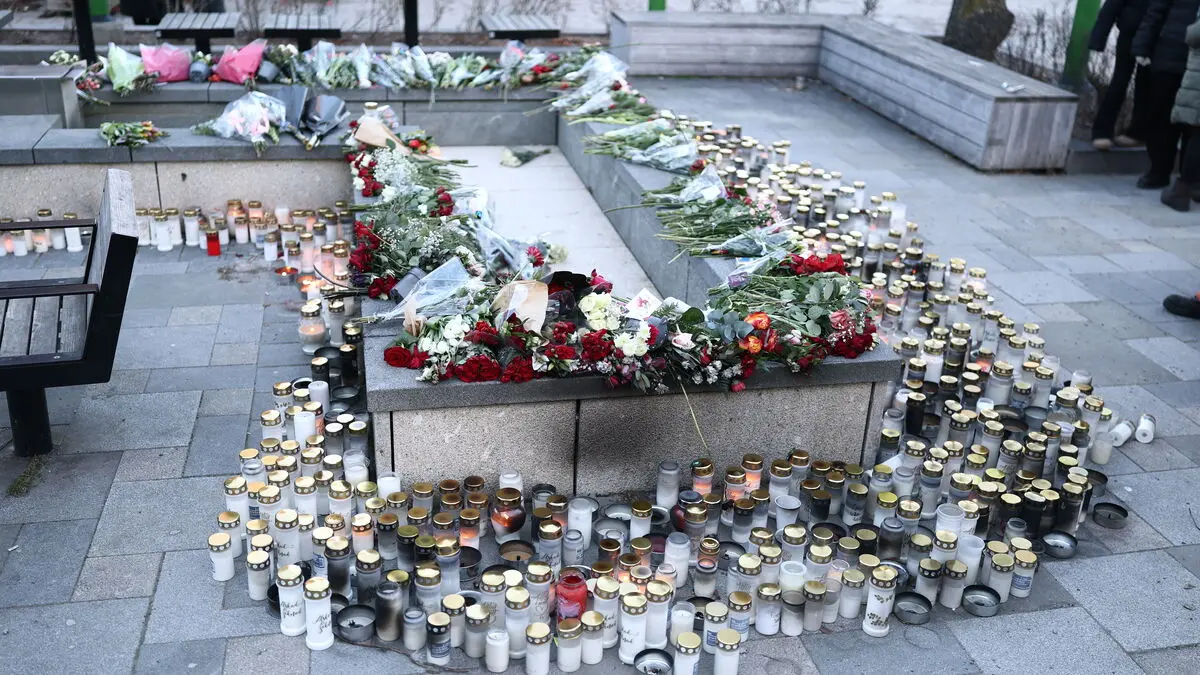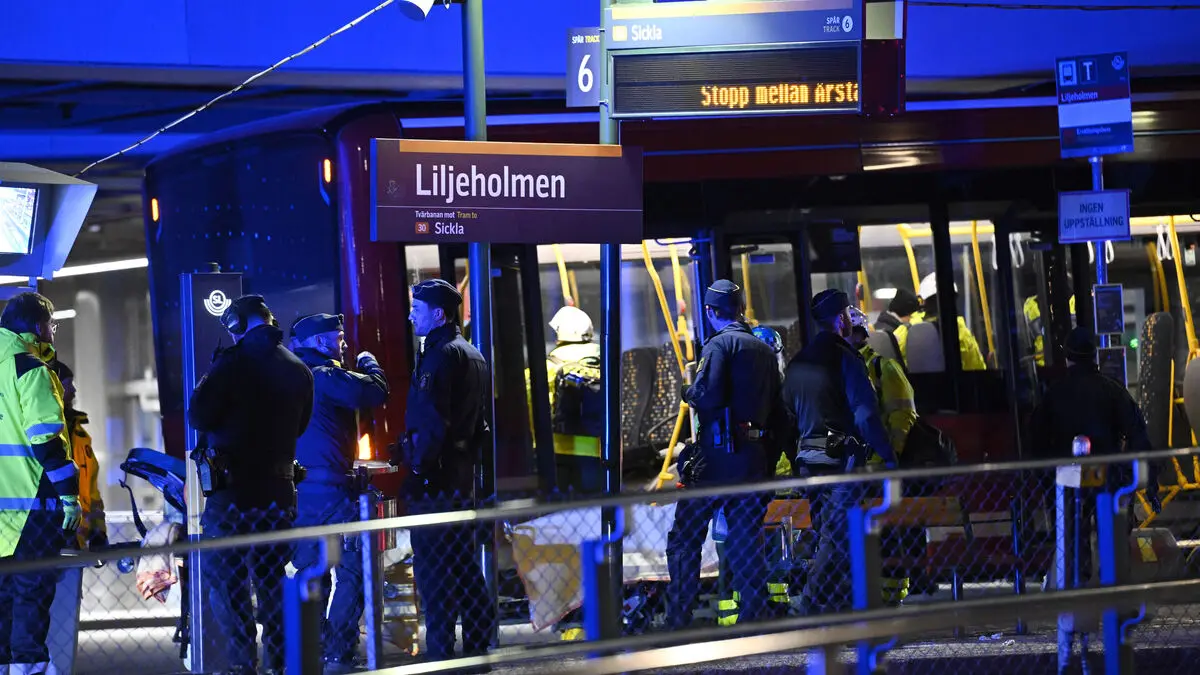In late October, nearly 362,000 people were registered as unemployed with the authorities – over 27,000 more compared to the same period last year.
This gives an unemployment rate of 6.9 percent in October, which can be compared to 6.8 percent unemployed at the end of September and 6.4 percent in October last year.
Unemployment continues to rise. That was also our assessment when we made our forecast in June, says Eva Samakovlis at the Employment Service.
"The crucial question"
The increase in the number of unemployed can be seen in several groups; among older and younger people, women and men, and also among native-born and foreign-born individuals.
Looking back a year, there is a broad increase in unemployment.
When can we expect a turnaround?
That's the crucial question. We see that the economy is still subdued, says Eva Samakovlis.
According to her, however, there are several signs that the economy is on its way to strengthening in the long run:
The Swedish Central Bank has lowered interest rates on several occasions and will likely continue to do so, and we see that inflation is coming down. So, sometime in the beginning of next year, we believe the economy will strengthen, and as the economy strengthens, unemployment will start to decrease again. But it will happen with a certain delay.
No clear trend
As for the number of redundancies, they have been at high levels throughout the year. In October, around 5,600 people were notified of redundancy, which can be compared to around 6,700 redundancies a year ago.
So far, no clear trend can be seen, according to Eva Samakovlis. The figures fluctuate a lot from month to month.
Looking at the average for the year, it's around 6,000 redundancies per month. And looking back historically, the monthly average has been around 5,000, and that's over a long period, she says.





